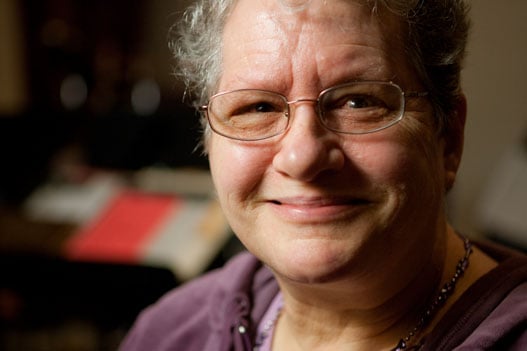Families of missing people are frequently perceived as inhabiting an ambiguous zone, encapsulated in the phrase living in limbo. It’s challenging not knowing what to anticipate or who to turn to for assistance. Good thing there are a variety of agencies available to help families, like the Salvation Army.
The Salvation Army operates a program for missing persons. Its office receives roughly 2,000 inquiries every year, handles approximately 600 new cases, and locates around 350 persons.
Missing People in the Nation
According to the National Missing and Unidentified Persons, or NamUS database, over 600,000 people of all ages go missing each year. In contrast, roughly 4,400 unidentified bodies are recovered. The United States Department of Justice funds this program.
The great majority of situations involving missing persons are resolved relatively quickly. According to studies, the number of missing person instances has decreased over the past decade. Improved communication has made it simpler to contact and track individuals. In the United States, more than 17,000 missing person cases and 13,000 unidentified body cases remain open.
California has the highest number of missing persons in absolute terms, at 2,133. However, California’s rate of missing persons is relatively low, at 5.4 per 100,000 inhabitants. With a sparsely populated population, Alaska has the highest rate of missing persons, with 41.8 missing persons per 100,000. (Source: World Population Review)
In addition, missing-person cases involving persons of color are less likely to be solved than instances involving white people. Additionally, the Black and Missing Foundation, a nonprofit organization that raises awareness about missing people of color across the country, reports that the number of missing people of color is disproportionately higher. Their stories are frequently underrepresented in national conversations and mainstream media.
According to the FBI’s National Crime Information Center, 33.7 percent of all missing persons in the United States in 2019 were Black, while 59 percent were white and Hispanic/Latino. (Source: Patriot Ledger)
The Missing Persons Program of the Salvation Army
There are several missing person programs currently running in the nation. Most of these programs are run by volunteers who devote their free time to assist families of those reported as missing.
The Salvation Army also created its own missing persons program. They operate this on a worldwide scale. The Salvation Army’s International Missing Persons program is a one-of-a-kind social service. Its objective is to assist in the successful reunion of family members who have lost contact.
Investigations are done through various channels, including government organizations, credit institutions, social service agencies, and law enforcement officials. Each year, the Salvation Army plays a critical role in reuniting hundreds of families.
The Family Tracing Service was founded officially in 1885 under the name Mrs. Booth’s Enquiry Bureau. In the 1880s, many young people left their homes in the provinces searching for work in the city. As a result of societal and economic constraints, families became split, and as a result, they lost sight of loved ones. In 1885, in London, England, an Inquiry Department was established to handle petitions from concerned family members.
By the end of that year, The Salvation Army had established offices in several foreign countries. It has evolved into one of The Salvation Army’s most outstanding foreign services, operating in many countries for more than a century.
Annually, the missing person office receives roughly 2,000 queries, opens approximately 600 new cases, and locates some 350 persons. (Source: Salvation Army)
